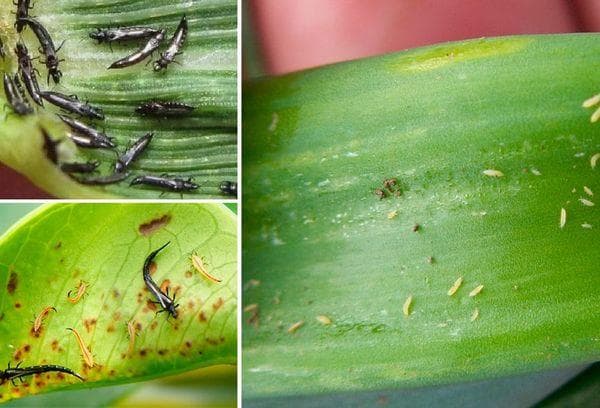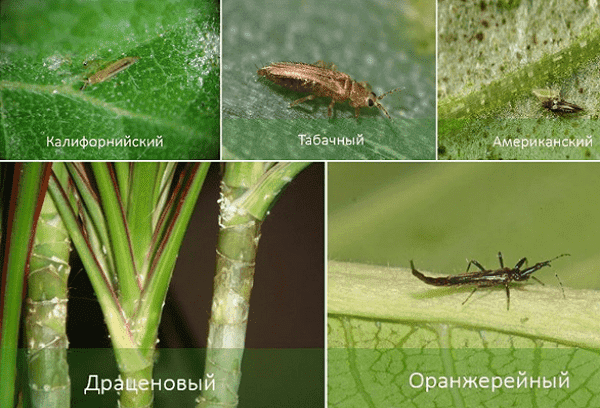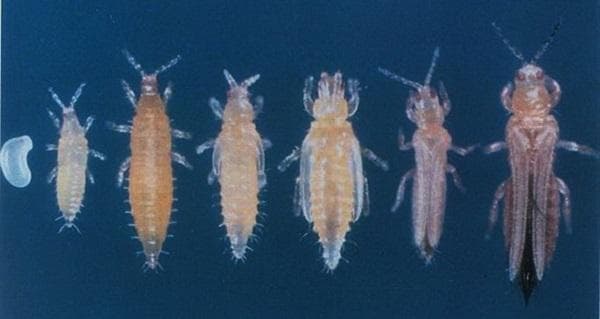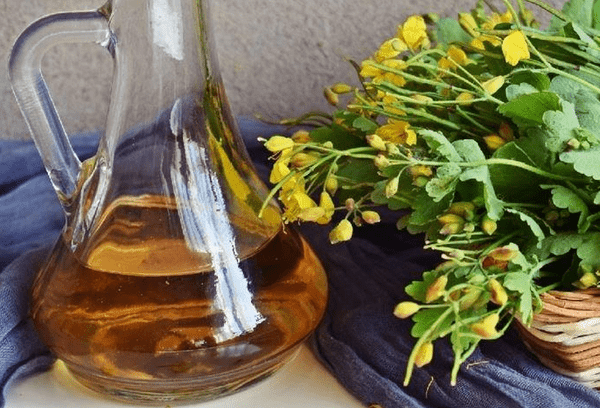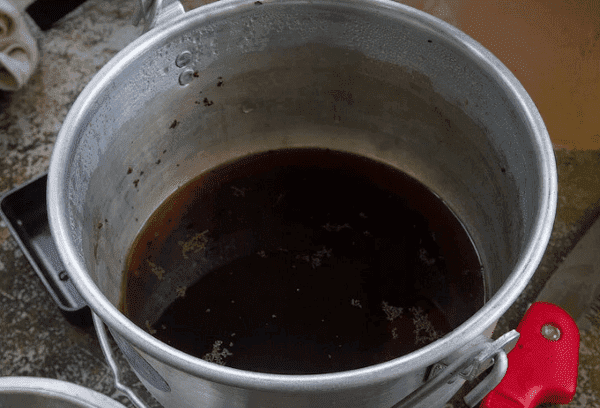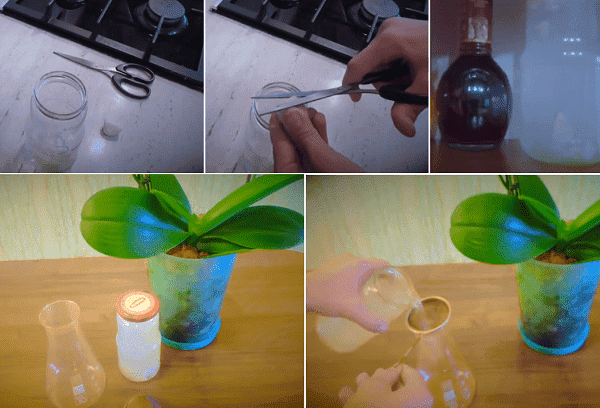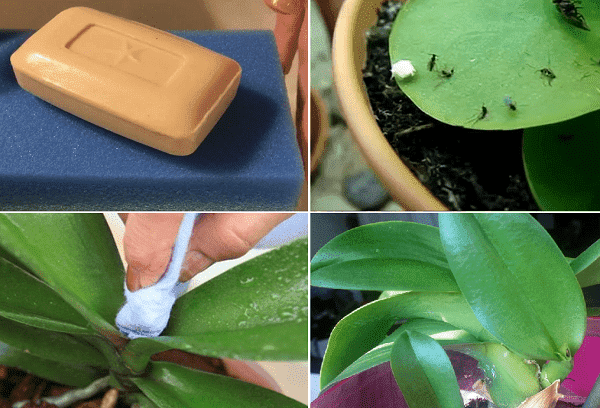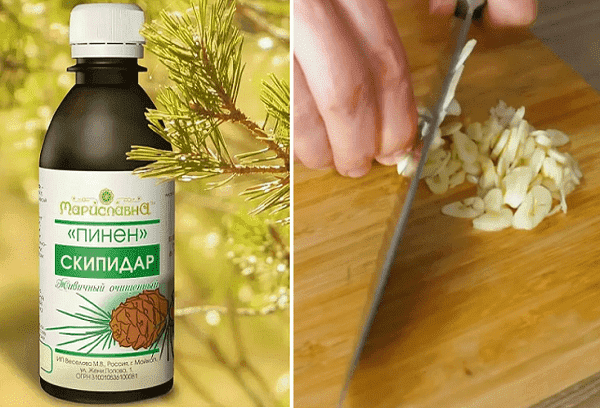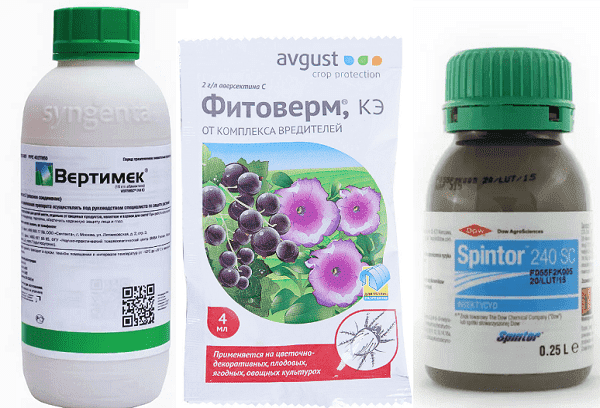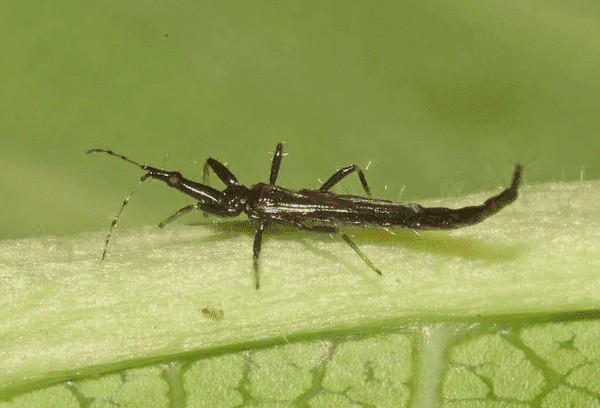What to do and how to deal with thrips on orchids
Very often, the life activity of thrips is attributed to burns and various diseases. Thrips themselves are almost never seen on orchids. If you were able to detect the bugs before the flower was seriously damaged, consider it lucky. There is a chance that the pest has not yet managed to infect all the flowers in the house. Be prepared for a serious fight. The insect, although small, is very tenacious.
Content:
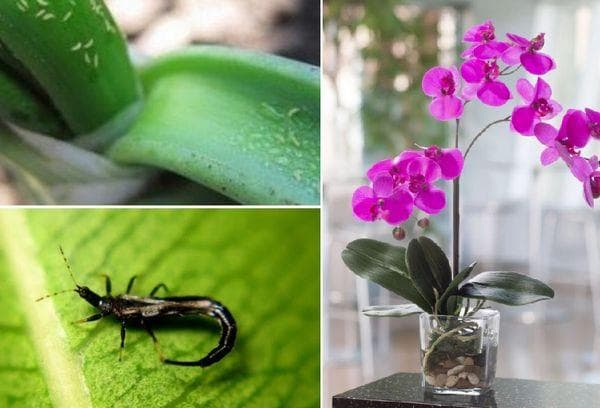
Thrips on orchids - causes and signs of appearance
Thrips are the oldest insects, common on all continents. The elongated bug is difficult to see due to its small size of 0.5-2 mm. It is mainly hidden in the folds between the leaves and stem or in the bud of a flower. The pest feeds on plant cell sap. Not selective in food. With equal appetite he eats orchids, geraniums, gloxinias and all flowering indoor plants.
The reason for the appearance of thrips in orchids is trivial. Most often, pests are brought into the house with your own hands.
They live in house plants, wildflowers, and store bouquets. There are thrips in dandelions, asters, chrysanthemums... If you place a bouquet next to an orchid, the insects will soon fall on it.
There are 5 characteristic signs of an orchid being damaged by thrips:
- Orchids fade quickly.
- Parchment of leaves and flowers. The pest pierces young leaves and tender petals to feed on the sap. In places where thrips has taken over, they become thinner. Light spots and tracks appear on the plant, which dry out over time.
- Black spots and oviposition at growing points and places where petals touch. While feeding, thrips lay eggs. If you take a magnifying glass, you can see hundreds of small eggs and larvae.
- Pollen spilling onto the petals. Thrips love to live in anthers. Therefore, the pollen from the flowers falls off. Take a closer look. If the pest has taken over, you will probably find not only fallen pollen, but also eaten away areas, as well as the culprit himself.
- Test for the presence of insects in a flower. Take a white piece of paper and gently shake the orchid over it. The pests will fall out and you will be able to examine them in detail.
Interesting to know. Unlike other orchid pests, thrips do not like humidity or good lighting. Rather, on the contrary, they prefer flowers growing in partial shade in dry soil.
What thrips look like - description, photos, types
There are thrips that do not eat plants, but hunt for spider mites. But there are still more species that suck plant juices. More than 100 species live in Russia. Most often, indoor orchids are affected by:
- greenhouse thrips;
- tobacco;
- American;
- dracaena;
- Californian.
What thrips look like in the photo:
All types of thrips have an elongated body up to 2 mm in size and slender legs. On the paws there is one tooth and a bubble-shaped device for suction. That's why they are also called bladderworts.
Adults are dark in color, black or brown. Nymphs are transparent. Insect wings grow at the last stage of development (not in all species). They are narrow, have a fringe along the edge and weak venation. Thrips do not fly well; they prefer to move by crawling quickly.
Danger and consequences of appearance
Thrips are considered one of the most dangerous pests of indoor flowers. The consequences of their appearance can be catastrophic. Why are they so dangerous:
- The female lays up to 300 eggs. Insects reproduce quickly. 10-15 generations manage to grow in a year.
- The eggs, larvae and pronymphs of the pest are protected by a chitinous layer, so poisons do not affect them.
- The oviposition is located deep in the leaf, so it is difficult to wash them off. Thrips eggs can be stored for a long time in dust, on curtains, soil, or windowsills.
- Thrips are carriers of about 20 viruses. One of them is tomato. A bronze color appears on the leaves of the orchid.
- The appearance of the pest leads to the rapid fall of flowers. Leaves and petals are deformed.
- Severely damaged orchids have reduced immunity. Plants are easily affected by fungal infections and other diseases.
- Insects are rarely content with one flower. They spread to other plants in the house.
Fighting methods
BThe fight against thrips on an orchid often drags on for months. But you can't stop. You can use different means:
- folk;
- biological;
- chemical.
It should be noted that they will have to be used not once, but at least 3-4 times. Adults are mercilessly poisoned, and larvae and eggs are removed mechanically.
Important! When there is a thrips invasion, all the flowers in the house are treated, even those that are in another room. The flowers are removed before processing.
Folk remedies
Laundry soap, tobacco, celandine, and garlic help well against thrips. They significantly reduce the number of pests on the orchid. But they don’t get rid of them completely.
It is best to use folk remedies in between chemical treatments, as well as to prevent the appearance of thrips.
Effective recipes:
- Infusion of celandine. 300 g of fresh herbs are poured into 1 liter of water and left for 36 hours. Then the orchid is sprayed for 3 days.
- Tobacco brew. Brew 100 g of shag with 1 liter of boiling water. Leave it for a day. Strain. Add 1 liter of clean water. Orchids are treated with the working solution every 5-7 days until thrips completely disappear.
- Garlic water. Crush 3-4 cloves of garlic and add 1 liter of cold water. Then infuse the product under the lid for 4-5 days. Garlic water is used for watering and spraying orchids.
- Laundry soap. The orchid is covered with a thick layer of soap foam and left for 15-30 minutes. Then rinse well with warm water (together with the soil).
- Garlic and turpentine. If the plants cannot be sprayed, pour 1 tbsp into a disposable cup. spoon of turpentine. Add finely chopped 2-3 cloves of garlic. Place the glass in the pot and cover everything with a bag for a day.
If you don't want to wash your orchid, you can remove insects with tape. Apply the tape with the adhesive side to the damaged areas. Insects, larvae and eggs will stick to it.
Biological agents
Biological products are more effective than folk remedies and are not as toxic as chemicals. They consist of microorganisms that destroy thrips.
The use of biological agents is indicated at the initial stage of orchid damage by a pest.
What drugs can be used:
- "Fitoverm". The active substance, abamectin, belongs to the chemical group of avermectins (the waste products of the soil fungus Stereptomyces avermitilis). Destroys adults and nymphs. 3 procedures are required with an interval of 4-5 days.
- "Vertimek". Enteric-contact insecticide of biological origin. It is an analogue of Fitoverma.
- "Spintor 240". The drug is based on a bacterial toxin obtained from Saccharopolyspora spinosa. Acts on thrips by contact. The insects become overactive and then die within a few hours. After treatment, it continues to kill pests for 14 days or longer.
Chemicals
To ensure that you get rid of thrips on orchids, insecticidal chemicals are used. Contact insecticides are diluted according to instructions and sprayed on the aboveground part. Treatment is carried out at intervals of 7-10 days wearing rubber gloves and a mask. The orchid is treated with systemic preparations one leaf at a time and watered. The poison circulates in the flower for up to 28 days and poisons insects and larvae that decide to feast on it.
The choice of suitable chemicals against thrips is extensive. Flower growers distinguish the following preparations:
- "Aktara". Systemic insecticide. 1 g of product is diluted in 1 liter of water and sprayed on the orchid. Spill the soil (after preliminary moistening). An ampoule of the product costs about 40 rubles.
- "Mospilan". Systemic drug. Kills insects within 21 days. At a concentration of 20 g/kg, 1 g of the product is diluted in 1 liter of water and sprayed on the orchid. Water the wet soil a little. The treatment is repeated after 3 weeks.
- Actellik. A strong insecticide with a pungent odor. Kills all living creatures, including thrips. Use strictly according to instructions.
How to deal with thrips on a phalaenopsis orchid:

After chemical treatment, thrips do not die immediately. They can live up to 6 days, crawl, twitch their wings and paws. Insects look for shelter where there is moisture and the concentration of the drug is lower. Having found such a place, they can survive. Therefore, orchids need to be processed carefully, from all sides. The preparations are also sprayed onto pots, window frames and window sills.
Important! Plants after treatment should be in the shade. Otherwise they risk burning out.
Prevention measures
Preventing the appearance of thrips is simple - you need to keep new plants in quarantine for 2 weeks.
If insects have recently been combated, preventive treatments with folk remedies are recommended. Prevention of thrips also includes:
- Treating pots, window sills, shelves or other places where orchids are located with laundry soap.
- Washing curtains.
- Use of sticky traps.
- Air humidification.
- Weekly plant inspection.
Questions and answers
How long does it take to fight thrips?
At least 2 months. At low temperatures, eggs can “sleep” for up to a month. It may take another month for the larva to develop into an adult insect. If after 2-3 months the pest does not manifest itself, you can exhale and congratulate yourself on your victory.
What drugs kill thrips eggs and larvae?
Systemic insecticides such as Aktara act on thrips larvae. Insect eggs are reliably protected by a shell that poisons cannot destroy.
Sometimes you can hear the opinion that it is pointless to fight thrips in orchids. However, it is not. The pest can be removed. This requires a systematic and comprehensive approach. By following all the rules and frequency of processing, you are guaranteed to get results.The thrips will disappear, and the orchid will soon recover.
